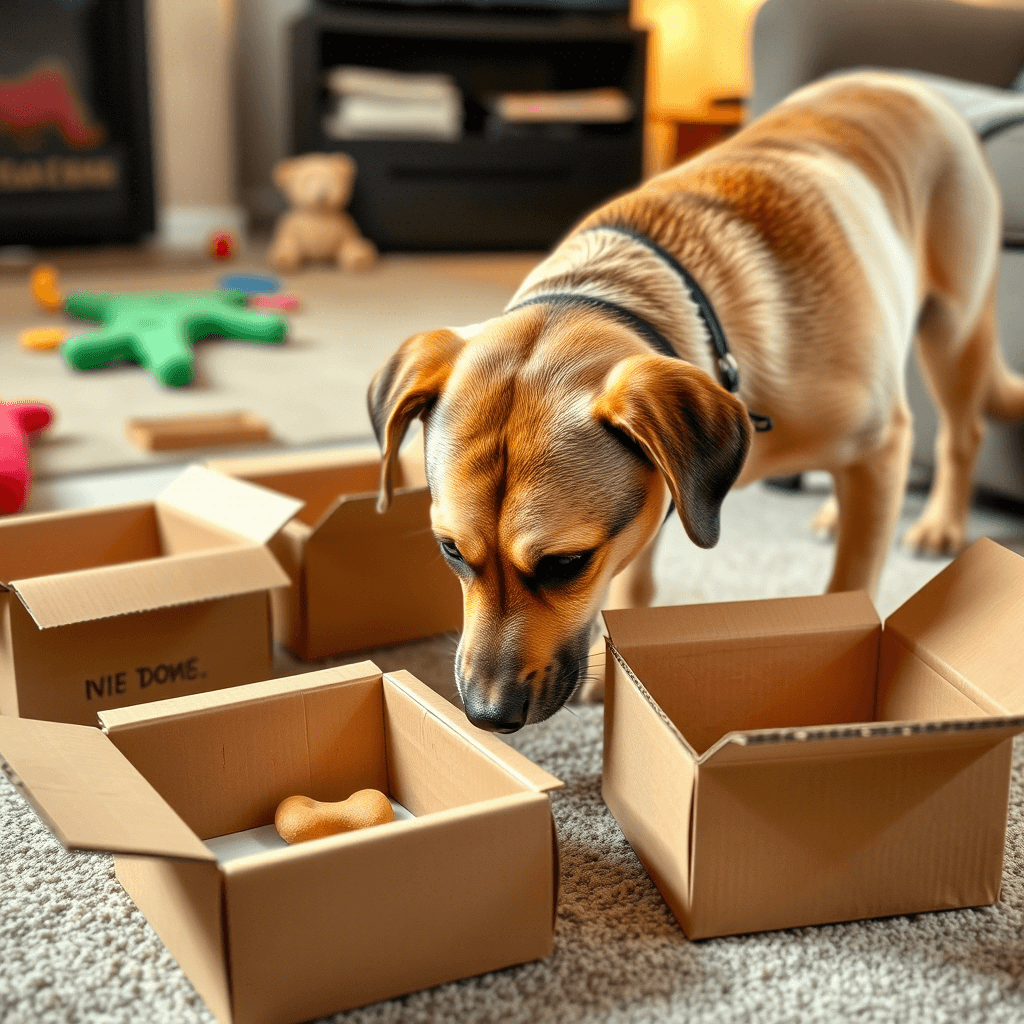Ever watched your dog sniff a patch of grass for 10 minutes straight? That nose isn’t just cute—it’s a superpower. Scent training taps into your pup’s natural instincts, turning sniff time into a mentally stimulating and incredibly rewarding experience. Whether you’re raising a curious puppy or teaching an adult dog new tricks, scent work is a tail-wagging good time for all.
Why Scent Training for Dogs is So Powerful
Dogs experience the world primarily through scent. Their sense of smell is up to 100,000 times more sensitive than ours—so when we encourage dog nose work training, we're giving them a job they were born to do. It boosts confidence, provides enrichment, and can help with behavioral issues caused by boredom.
Getting Started: Home Scent Training for Dogs
You don’t need a fancy facility to begin. Home scent training for dogs can start with everyday items and some tasty treats.
- Pick a scent: Start with something safe like a cotton ball dabbed in vanilla extract (no xylitol!).
- Use boxes: Place the scent in one of three cardboard boxes and let your dog sniff to find it.
- Reward: When they find the right box, shower them with praise and a high-value treat.
Repeat and build complexity gradually. You’ll be surprised how fast your dog picks up on it!
Scent Work for Puppies: Yes, They Can!
Scent work for puppies is not only possible—it’s encouraged. Start with 5-minute sessions using a treat trail or hiding kibble around the house. Puppies are curious by nature, making them perfect candidates for beginner scent training dogs.
How to Train a Dog for Scent Detection
When your dog is ready to level up, here’s how to approach canine scent detection like the pros:
- Target specific scents: Birch, anise, and clove are often used in trials.
- Introduce cues: Pair the scent with a verbal cue like “Find it!”
- Use containers and varying environments: Gradually increase the challenge.
Tip: Short, consistent sessions beat long, tiring ones every time.
Dog Tracking Training vs. Nose Work
While related, dog tracking training involves following human scent across distances—great for search and rescue. Dog nose work training, on the other hand, teaches dogs to locate specific scents hidden in different settings. Both are amazing outlets for your dog’s sniffing skills.
Dog Scent Games to Play Today
Not ready for full-on sniffer dog training? Try these fun games:
- Find the treat: Hide treats under cups and shuffle them.
- Which hand?: Place a treat in one hand and let them guess.
- Treasure hunt: Hide toys around the yard or living room.
These games are great brain workouts, especially when it’s too rainy for a walk.
Recommended Gear & Treats
- High-value treats: Think freeze-dried liver or cheese bits (Check out more healthy treats for dogs).
- Scent work kits: Many are available online for beginners.
- Nose work containers: Or use muffin tins and tennis balls for a DIY setup.
Final Sniffs: Why It’s Worth It
From couch potato pups to energetic working breeds, scent training for dogs provides purpose, joy, and connection. I’ve seen timid rescues bloom through nose work, gaining confidence with each successful find. Trust your dog’s nose—it knows best.
Frequently Asked Questions (FAQs)
1. What is scent training for dogs?
2. Can puppies do scent work?
3. How often should I do scent training?
4. Do I need special equipment to start?
5. What's the difference between nose work and tracking?
6. Is scent training good for all dog breeds?

About SniffnTail
SniffnTail is your go-to destination for everything pets. From helpful advice, tips, and insights to thoughtfully selected products and resources, we’re here to support pet owners at every stage of their journey. Whether you're caring for a playful pup, a wise old cat, or anything in between, SniffnTail offers tools and knowledge to make pet parenting easier and more joyful.
Related Articles
 Training & Behavior • 7 minutes
Training & Behavior • 7 minutesBest Leash Training Techniques for Stubborn Dogs
Struggling with a pup who pulls or refuses to walk? Discover expert-approved, heart-led leash training tips for difficult dogs—perfect for pet parents looking to make walks enjoyable again.
 Training & Behavior • 7 min read
Training & Behavior • 7 min readWhy Are Police Dogs Called K9? The Story Behind the Badge
Curious why police dogs are called K9s? Discover the fascinating origin of the K9 name, how it’s used in law enforcement, and what makes these dogs heroes on four paws.
 Training & Behavior • 7 min read
Training & Behavior • 7 min readGerman Shepherd Protective Instinct vs. Anxiety Disorders: How to Tell the Difference
Learn how to distinguish normal guarding from anxiety-driven aggression in German Shepherds. Understand behaviors, triggers, and practical solutions from a certified pet expert.

